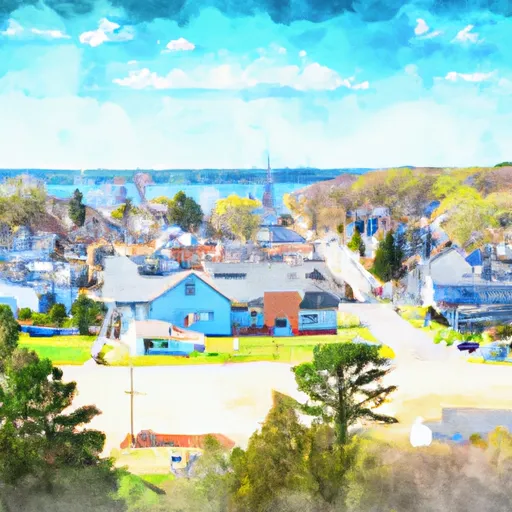°F
°F
mph
Windspeed
%
Humidity











Glen-Haven, Wisconsin is a small village situated in Grant County. The climate in Glen-Haven is characterized by cold winters and mild summers with an average temperature of 44°F. Hydrology constituents include the Mississippi River and several streams that run through the village. Outdoor recreation opportunities in Glen-Haven include hiking, hunting, fishing, and biking. The Grant River Recreation Area is a popular spot for outdoor enthusiasts, featuring a campground, picnic area, and boat launch. Another attraction is the Potosi Brewery, which offers tours and tastings for those interested in craft beer. Glen-Haven provides an ideal location for those seeking outdoor recreation in a serene and peaceful environment.
Weather Forecast
Glen-Haven receives approximately 886mm of rain per year, with humidity levels near 80% and air temperatures averaging around 9°C. Glen-Haven has a plant hardyness factor of 5, meaning plants and agriculture in this region thrive during a short period during spring and early summer. Most plants will die off during the colder winter months.
Regional Streamflow Levels
5
Cubic Feet Per Second
586
Cubic Feet Per Second
61
Cubic Feet Per Second
5
Cubic Feet Per Second
Nearby Camping
| Camping Area | Reservations | Toilets | Showers |
|---|---|---|---|
| Lake Bruin State Park | |||
| Grand Gulf Military Park | |||
| Warfield Point Park | |||
| Leroy Percy State Park | |||
| Rocky Springs - Natchez Trace Pkwy | |||
| Clear Spgs Rec Area |



